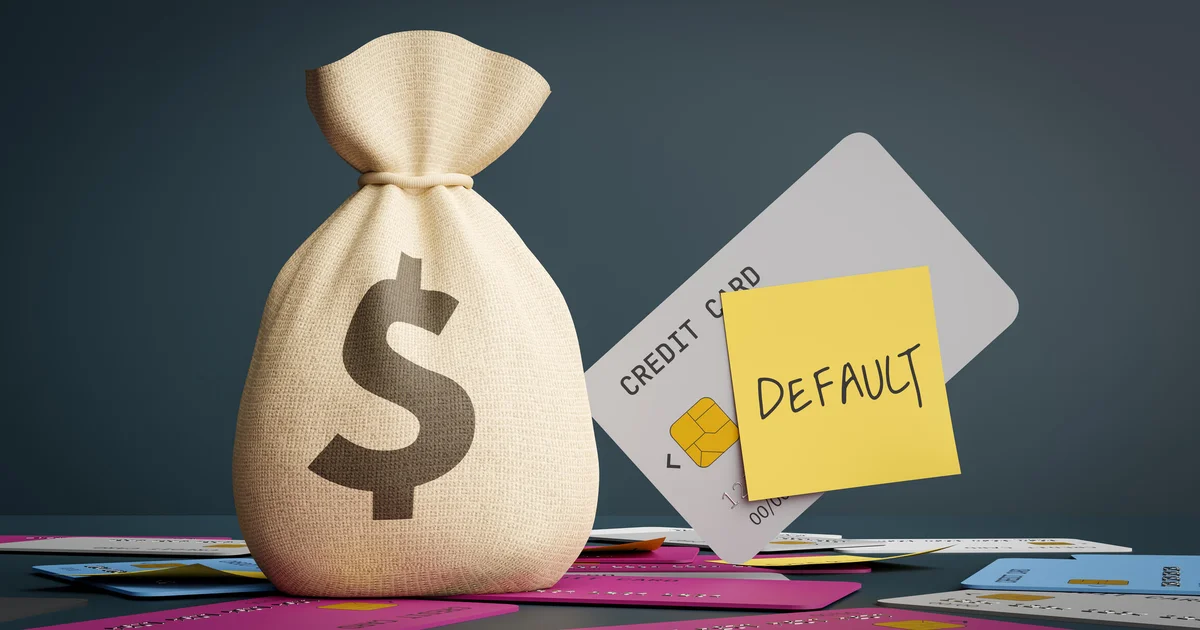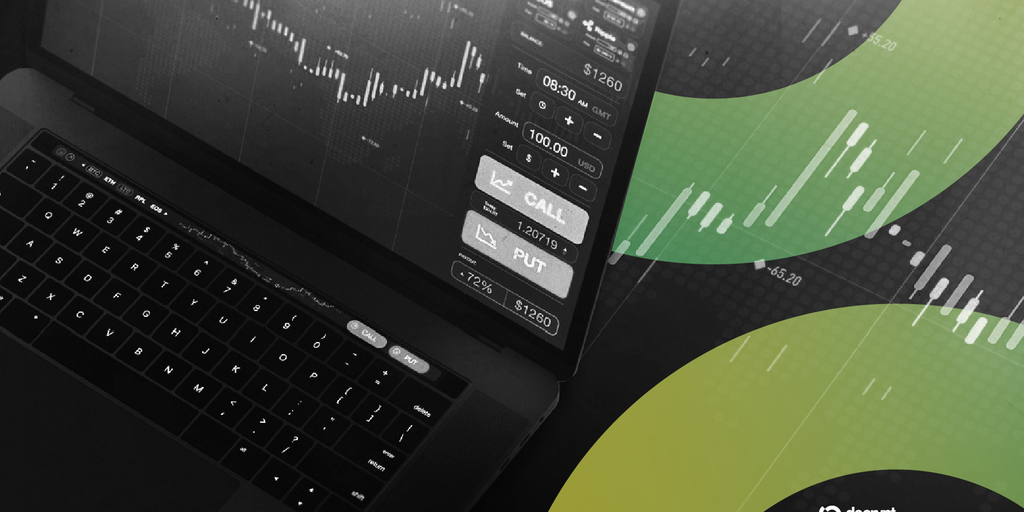
American households are drowning in debt like never before. Total credit card balances have soared past $1.21 trillion nationally, while the average household carries over $6,000 in revolving debt. With credit card interest rates hovering near record highs and elevated inflation still pinching budgets, millions of people have found themselves trapped in a cycle of minimum payments that barely touch their principal balances.
What makes this environment particularly challenging, though, is the perfect storm of economic pressures converging simultaneously. Housing costs continue climbing, student loan payments have resumed for millions of borrowers and emergency savings accounts remain depleted from recent economic turbulence. Meanwhile, many creditors have tightened their belts, making traditional debt settlement negotiations potentially trickier than in previous years.
Amid this financial pressure, more people are exploring the options they have to regain control of their debt. Debt relief programs, such as credit card settlement plans, are increasingly accessible, while bankruptcy remains a last-resort safety net for those facing overwhelming debt. But choosing the right path isn’t straightforward. Each option has unique benefits, costs, and long-term implications, and the choice can hinge on a variety of factors.
Chat with a debt relief expert about your options today.
Debt relief vs. bankruptcy in 2025: What to consider now
When considering whether debt relief or bankruptcy makes sense, it’s important to understand the broader landscape. Here are key factors to weigh:
Your total debt load and types of debt
Debt relief programs can only address unsecured debt, like credit cards, personal loans or medical bills. They can’t help with secured debt, such as mortgages or auto loans. Bankruptcy, on the other hand, can eliminate certain unsecured debts entirely, and in some cases, provide options for addressing secured debt. Understanding exactly what you owe, and to whom, is a crucial first step in deciding which approach will give you the relief you need.
Find out how you can start on a path to becoming debt-free now.
Impact on your credit score
Debt relief options like debt management or settlement may hurt your credit initially, but many programs are designed to improve your payment history over time. Bankruptcy has a more severe immediate impact, potentially staying on your credit report for up to 10 years. However, in situations where debt has already spiraled out of control, bankruptcy may provide the clean slate needed to rebuild. As a result, it makes sense to weigh short-term pain against long-term recovery potential.
Costs and fees
Debt relief services often charge fees, especially if you pursue debt settlement, which comes with costs that are typically a portion of the enrolled debt. Bankruptcy involves filing fees and, in many cases, attorney costs, but it can eliminate unsecured debts outright. In 2025, filing costs remain generally consistent: Both Chapter 7 and Chapter 13 bankruptcy court fees are under $350, though you’ll also need to factor in attorney fees if you hire a lawyer.
Your income and ability to pay
Debt relief programs work best if you have a steady income that allows you to make monthly payments. If your earnings are inconsistent or barely cover your living expenses, these programs may be challenging to sustain. For those whose income won’t support repayment in the near future, bankruptcy may be a better option, though it’s not a cure-all. Post-bankruptcy budgeting is also essential to avoid falling back into debt.
Long-term financial goals
Consider how each path aligns with your broader financial plans. Debt relief can allow you to maintain better access to credit in the short term, making it easier to finance a home, auto purchase or other investments sooner. Bankruptcy, on the other hand, may delay some financial goals due to the lingering credit impact, but it can remove the burden of unmanageable debt entirely, freeing you to start fresh.
Economic environment and interest rates
Interest rates have been trending downward recently, giving Americans some breathing room on variable-rate debt. Lower rates can reduce monthly payments, making debt relief programs more attractive because you may be able to consolidate balances at a better interest rate or negotiate settlements that are easier to repay. Bankruptcy still provides immediate relief from mounting debt, but in a falling-rate environment, debt relief strategies may offer a less drastic route with more long-term flexibility. This makes carefully comparing your repayment options especially important, as even small changes in rates can impact how quickly you get out of debt and rebuild your financial footing.
The bottom line
Choosing between debt relief and bankruptcy is a deeply personal decision influenced by your total debt, income, credit outlook and long-term goals. Debt relief can offer structured repayment and lower interest costs without the long-lasting credit hit of bankruptcy, but it requires discipline and consistent payments. Bankruptcy, while more disruptive to your credit, can provide immediate debt elimination and a clean slate when financial pressures become unmanageable.
As you weigh your options, it’s important to review each one carefully, ideally with a financial counselor or certified debt specialist, before making a choice. With the right plan, though, you can regain control of your finances and take meaningful steps toward financial stability, even in this challenging economic environmen



